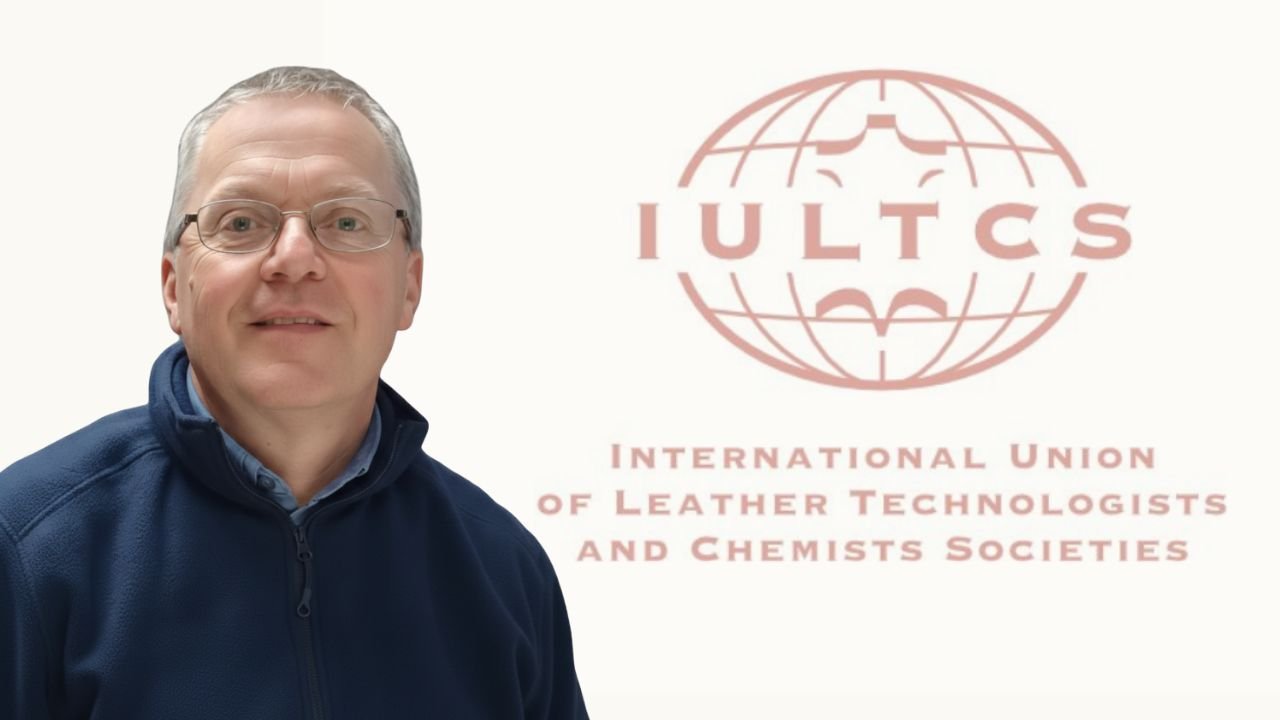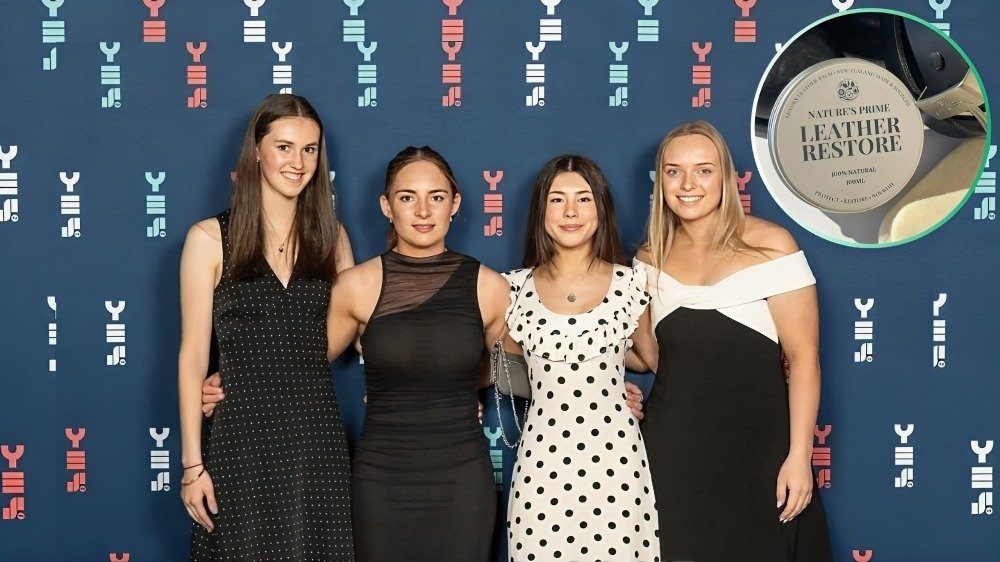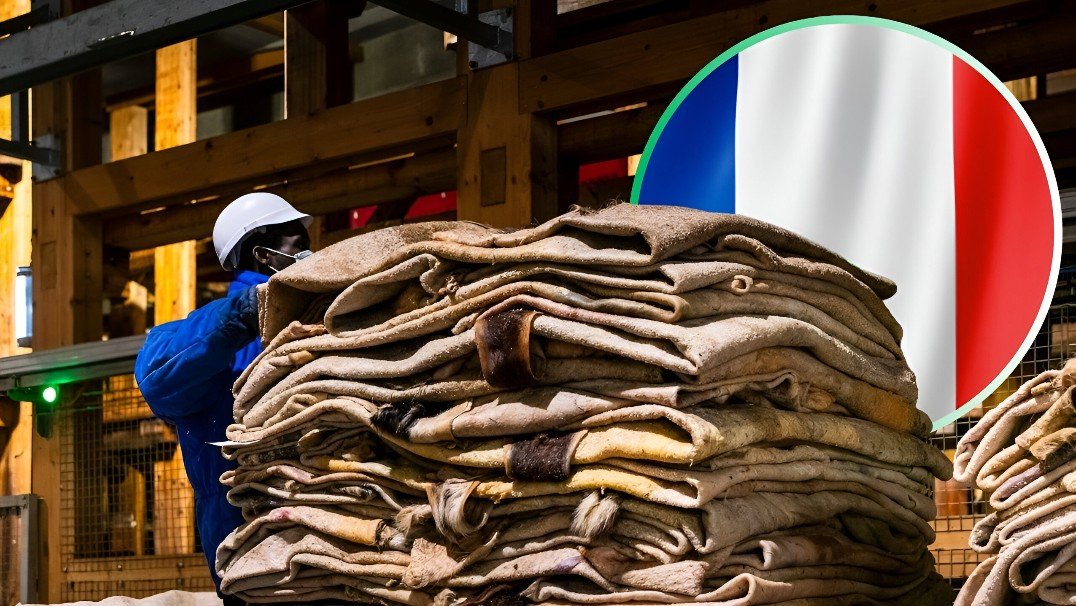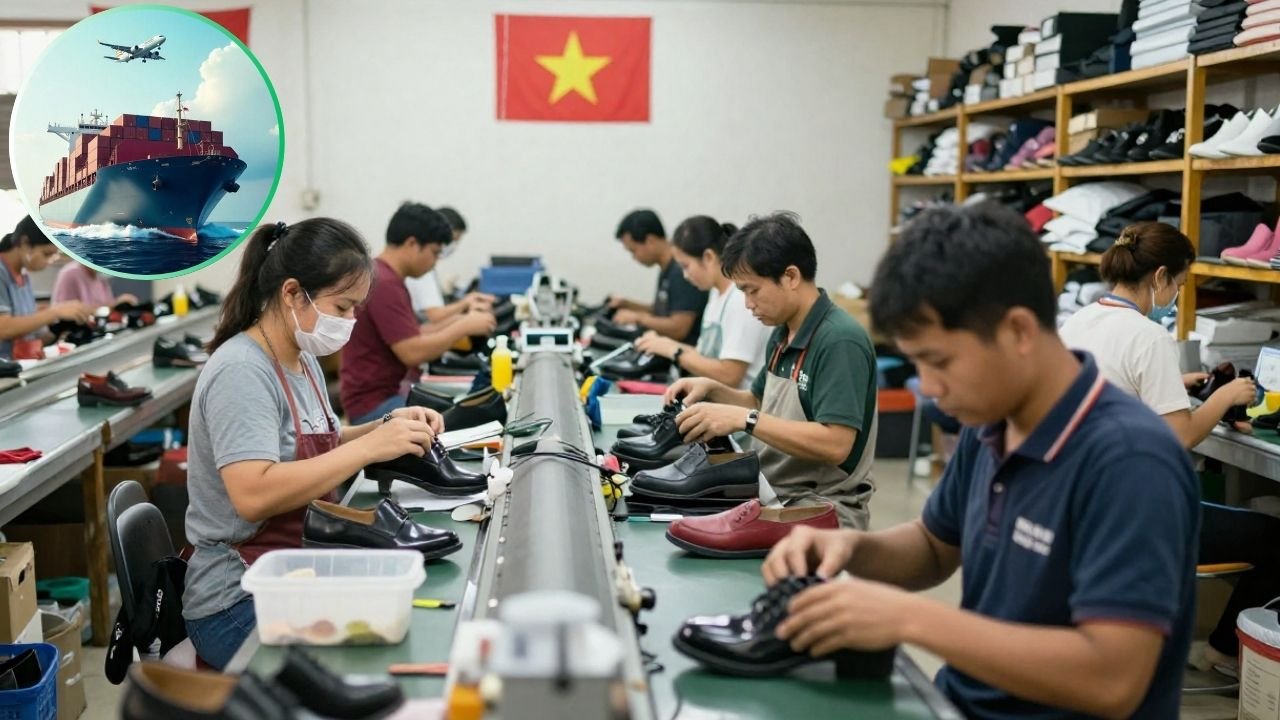The global leather industry is undergoing a critical transformation as it seeks to adopt sustainable practices that minimize its environmental impact. A pioneering project, the Green Tannery Initiative, is at the forefront of this change, demonstrating that greener, more eco-friendly solutions are not only possible but commercially viable.
This initiative, spearheaded by the CSIR-Central Leather Research Institute (CSIR-CLRI) in collaboration with Leather and Leather Products Industry Research and Development Centre (LLPIRC), which is under the Manufacturing Industry Development Institute (MIDI), Ministry of Trade & Industry, Ethiopia and with the support of UNIDO, Ethiopia, aims to transform the Ethiopian leather sector.
Supported by the Sustainable Manufacturing and Environmental Pollution (SMEP) programme, funded by the Foreign, Commonwealth and Development Office (FCDO) and implemented through partnerships with UNCTAD and UK International Development.
The Green Tannery Initiative represents a holistic approach to sustainable development in leather production. This project, which commenced in August 2024, focuses on reducing environmental pollution & promoting cleaner technologies in the Ethiopian leather industry, which is a key sector in the country’s economy.
One of the primary goals of the initiative is to replace hazardous chemicals traditionally used in leather manufacturing, specifically sodium sulphide, with eco friendly alternatives such as enzymes.
By using enzymes for the unhairing process, a crucial step in leather production, the project not only mitigates the harmful effects on the use of sodium sulphide but also avoids the BOD COD on account of pulped hair getting into wastewater thereby reducing pollution load.
This shift to enzymatic unhairing presents a major step forward in making the leather industry safer for both workers and the environment.
In addition to replacing harmful chemicals, the initiative also addresses one of the industry’s significant challenges, that is waste management.
Tanneries produce substantial solid waste, including hair and fleshing, where fleshing waste is one of the major bottlenecks for the leather industry, which traditionally have limited commercial use and often contribute to environmental pollution.
The Green Tannery Initiative aims to convert these waste products into valuable resources through innovative solutions, reducing the industry’s environmental footprint & creating new avenues for value within the sector.
The initiative is expected to offer tangible environmental benefits, including
- Reduced chemical usage,
- Cleaner wastewater &
- Significantly lower carbon emissions
All while maintaining or enhancing the quality of leather produced.
The research & development work of the project is being undertaken by the Scientists & Technical team at CSIR-CLRI in association with LLPIRC researchers.
The project places great emphasis on testing & optimizing these green technologies within the specific climatic & operational conditions of Ethiopian tanneries.
After optimization at CSIR-CLRI, extensive trials are proposed to be conducted at LLPIRC & five selected tanneries across Ethiopia using commercially available enzymes to demonstrate the effectiveness of enzymatic unhairing.
CSIR-CLRI has already developed a technology for the utilization of hair for making organic supplements for the agricultural farming application and project intends a similar adoption through technology transfer to Ethiopia.
This project is not only important for the Ethiopian leather sector but also has the potential to serve as a model for other countries with large leather industries.
Through workshops and training sessions, Ethiopian tannery workers and managers are being equipped with the skills and knowledge needed to adopt these technologies, ensuring that the benefits of the project are widely shared and implemented across the industry.
By demonstrating the commercial viability of these green technologies, the Green Tannery Initiative hopes to set new standards for sustainable practices in the global leather industry.
Related resources – https://smepprogramme.org/project/the-green-tannery-initiative-enzymatic-unhairing-and-sustainable-waste-utilisation-in-the-ethiopian-leather-sector/
Recent News – Brazilian Leather Exports Reach $953.6 Million in 9 Months of 2024












